Node.js Development Environment From Scratch

There are a lot of all possible tools that simplify the development of Node.js projects. Different IDEs, frameworks, debuggers, CMS, and even whole ecommerce systems are tightly connected with the popular technology. So, In the following post, we shed light on building a complete Node.js development environment from scratch. Below, you will find the most popular approaches approved by specialists.

Table of contents
Node.js Hosting
The very first thing you need when it comes to building a Node.js development environment is a reliable hosting solution. In this post – The Best Node.js Hosting Solutions – you will find an overview of hosting providers that offer Node.js-optimized services. Currently, there are 8 hosting solutions described in the article.
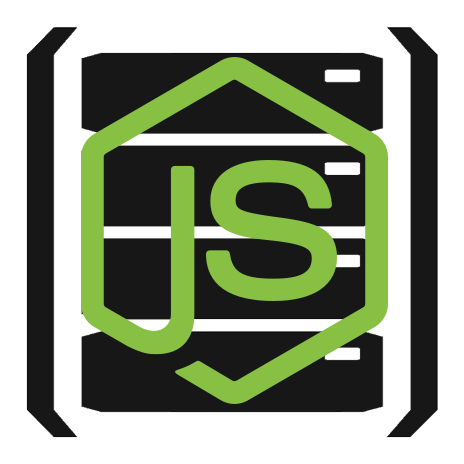
Google Container Engine
Google Container Engine is a kind of a container-based distributed system, which offers some of the most powerful Google’s internal features. The solution provides developers with the ability to utilize the same mechanisms that are available to Google’s engineers; consequently, everyone can develop and manage containers as the company’s specialists do. Furthermore, container-based computing eliminates the headache of deployment into a hosting environment and offers an opportunity to focus on application code. And you can easily use Google Container Engine as a development environment for Node.js projects:
- Build a Node.js app.
- Create a Docker image.
- Make a cluster – a master API server + a set of worker nodes.
- Build a pod – a group of connected containers aimed at administration and networking.
- Enable external traffic.
- Get a running Node.js project.
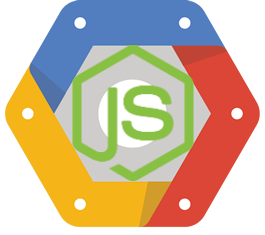
Check the full algorithm here: .
Setting up a Node.js development environment
Seth Vincent has its own approach to setting up a Node.js development environment from scratch. He insists that the most complicated part of getting started with a programming language is learning the tools associated with this language. Therefore, he offers a detailed guide to running Node.js on your machine and using its tools while working with both server and browser code.
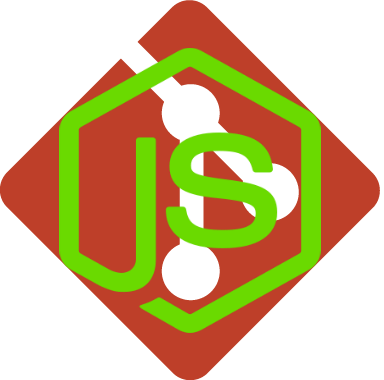
Seth recommends to start with the git installation. Then, he tells how to install Node.js and explains how to run JavaScript in the browser. The next part of the tutorial is dedicated to the npm package manager. In the end, the author shows how to set up a Node.js development environment by running an example project. Check the full tutorial here: .
Docker for Node.js
Here are a few reasons why Docker is widely used as a Node.js development environment: First of all, the platform essentially simplifies the configuration of a development environment for Node.js. It helps to avoid various problems related to this complicated process. Then, you get an environment similar to QA/Test/Production, which is less resource-hungry than VMs. Consequently, you can quickly test your Node.js applications. Besides, using a container software as a development environment for Node.js oppens almost endless opportunities for sharing your projects with other developers. The last important aspect is the ability to diff containers, which is immensely useful in case of debugging.
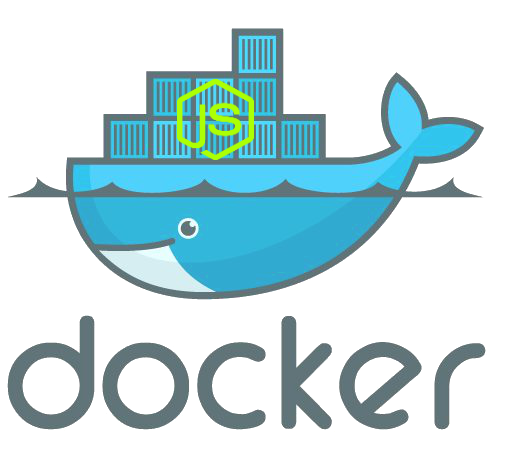
To turn Docker into a Node.js development environment, you should prepare your OS for the installation by installing all missing components. Then, it’s necessary to master Docker hub and dockerfiles; pull an Ubuntu image, run it, and access the container; install node, npm, express, and other tools; and finally push your container back to other people. All these procedures are described here: .
Other useful materials for turning Docker into a Node.js development environment:
How to set up a Node.js development environment on Windows
It is extremely easy to set up a development environment for Node.js on Windows. You only have to install Node.js via the appropriate Windows installer from the official website.
It is also important to install MongoDB:
Other tips:

How to set up a Node.js development environment on Mac OS X
A Node.JS development environment for Mac OS X consists of the following components: Homebrew, Node.JS, MongoDB, Nginx, and Redis. The installation procedure is much more complicated than in case of Windows, but it is detaily described here: .

How to set up a Node.js development environment on Linux
Creating a development environment for Node.js on Linux is pretty straightforward. You only have to install Node.js and NPM with the aid of Linuxbrew – the port of Homebrew. It downloads, unpacks, compiles, and installs both Node and NPM. Then, the process requires the following two steps:
- Enter brew install node in your terminal.
- Wait while Linuxbrew will perform the aforementioned actions
For further information, examine the following materials:
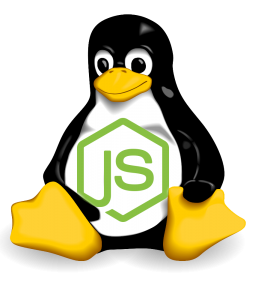
That’s how you can create a complete Node.js environment from scratch on various platforms. If you have any questions, feel free to ask us in comments.









